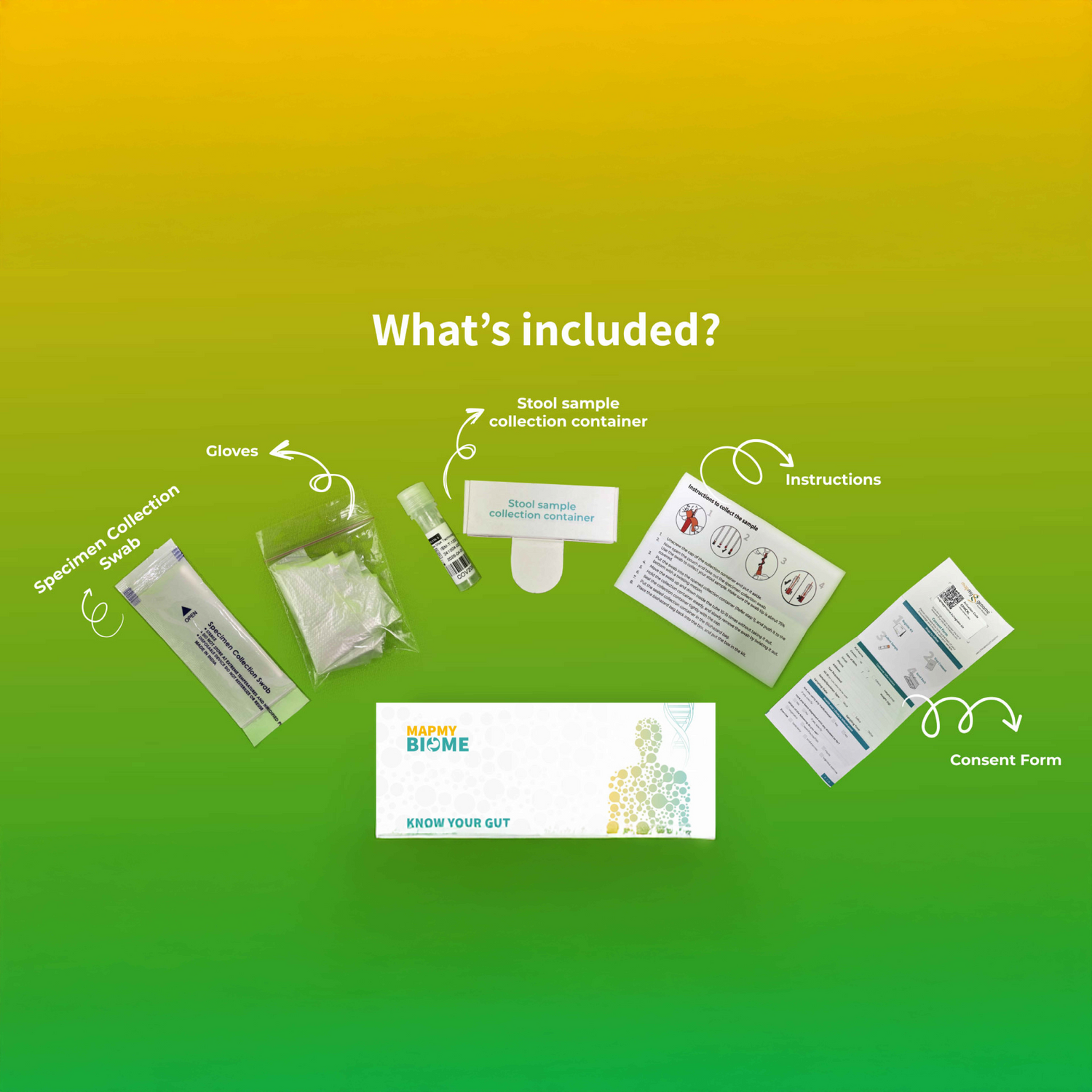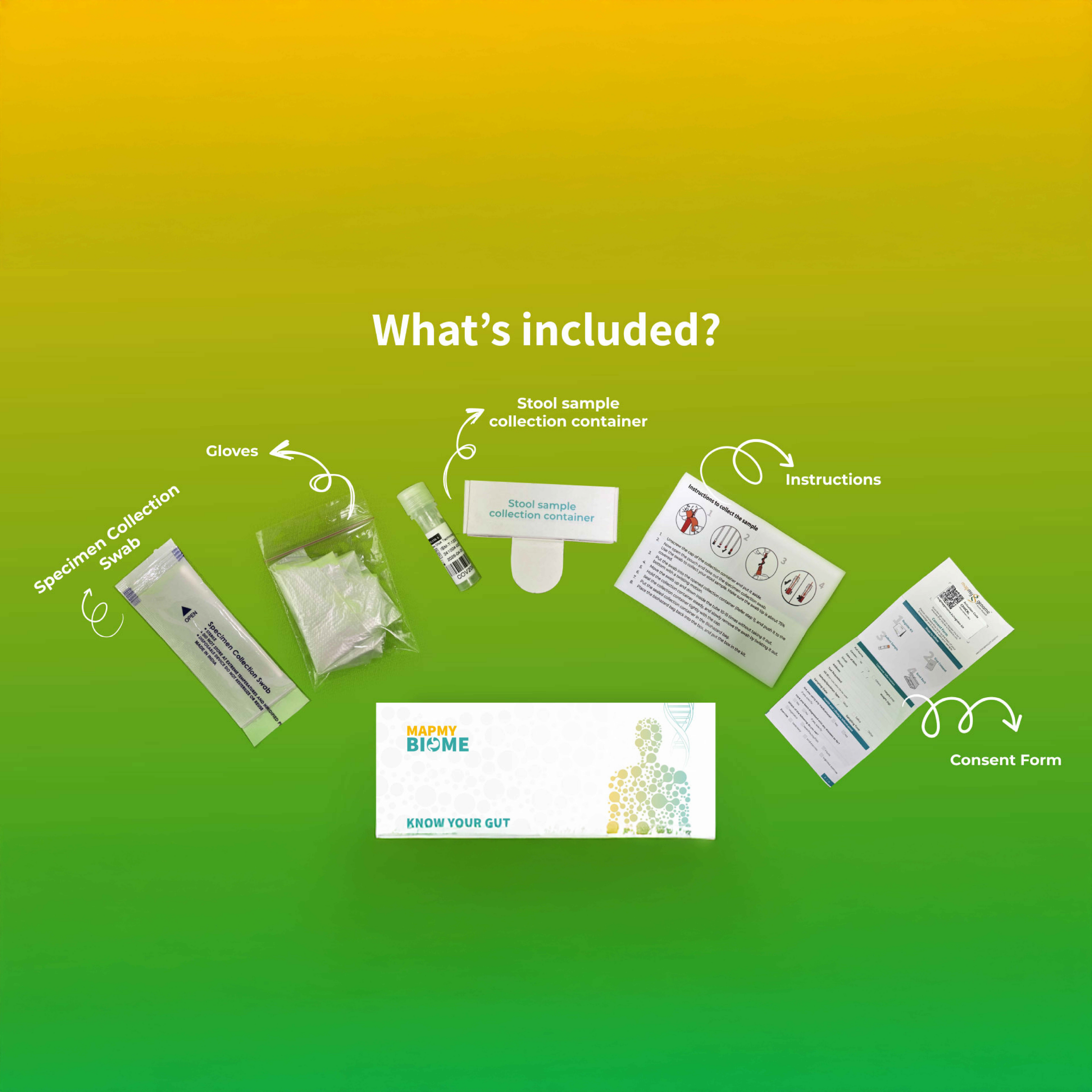What Does a Gastroenterologist Look For? Understanding Gut Health Assessments
A gastroenterologist is a medical specialist who focuses on diagnosing and treating conditions related to the gastrointestinal (GI) tract, which includes the esophagus, stomach, intestines, liver, pancreas, and gallbladder. When you visit a gastroenterologist, they conduct various assessments to evaluate your gut health and diagnose any potential issues. Let’s explore what gastroenterologists look for during these assessments and the common procedures they use.
Initial Consultation and Medical History
5.1 Medical History:The first step in any gastroenterological assessment is a thorough review of your medical history. The gastroenterologist will ask about your symptoms, duration, frequency, and any factors that exacerbate or alleviate them. They will also inquire about your dietary habits, lifestyle, family history of GI disorders, and any previous medical conditions or surgeries.
5.2 Physical Examination:
A physical examination involves palpating the abdomen to check for tenderness, bloating, or abnormal masses. The gastroenterologist may also listen to bowel sounds using a stethoscope.
Diagnostic Tests and Procedures
5.3 Blood Tests:
Blood tests can help detect inflammation, infections, anemia, liver function abnormalities, and other markers that indicate gastrointestinal issues.
5.4 Stool Tests:
Stool samples can reveal the presence of blood, pathogens (bacteria, viruses, parasites), and markers of inflammation or malabsorption. Stool tests are often used to diagnose infections, inflammatory bowel disease (IBD), and colorectal cancer. These include both biochemical tests as well as gut microbiome tests.
5.5 Endoscopy:
Endoscopy involves inserting a flexible tube with a camera (endoscope) into the GI tract. There are different types of endoscopy, including:
• Upper Endoscopy (Esophagogastroduodenoscopy, EGD): Examines the esophagus, stomach, and upper part of the small intestine.
• Colonoscopy: Examines the entire colon and rectum.
• Sigmoidoscopy: Examines the lower part of the colon and rectum.
Endoscopy allows the gastroenterologist to visualize the GI tract, take biopsies, and perform therapeutic interventions if necessary.
5.6 Imaging Studies:
Imaging studies, such as abdominal ultrasound, CT scan, MRI, and X-rays, provide detailed pictures of the GI tract and surrounding organs. These studies help identify structural abnormalities, tumors, inflammation, and other issues.
5.7 pH Monitoring:
pH monitoring measures the acidity levels in the esophagus over 24 hours. It is used to diagnose gastroesophageal reflux disease (GERD) and evaluate the effectiveness of treatments.
5.8 Motility Studies:
Motility studies assess the movement and function of the GI tract. Examples include esophageal manometry (measuring the pressure in the esophagus) and gastric emptying studies (evaluating how quickly food leaves the stomach).
Common Conditions Gastroenterologists Diagnose and Treat
5.9 Gastroesophageal Reflux Disease (GERD):
GERD occurs when stomach acid flows back into the esophagus, causing heartburn and other symptoms. Diagnosis often involves endoscopy, pH monitoring, and lifestyle assessment.
5.10 Inflammatory Bowel Disease (IBD):
IBD includes conditions like Crohn’s disease and ulcerative colitis, characterized by chronic inflammation of the GI tract. Diagnosis involves endoscopy, stool tests, blood tests, and imaging.
5.11 Irritable Bowel Syndrome (IBS):
IBS is a functional disorder causing abdominal pain, bloating, and changes in bowel habits. Diagnosis is based on symptom assessment and ruling out other conditions.
5.12 Celiac Disease:
Celiac disease is an autoimmune disorder triggered by gluten consumption, leading to damage in the small intestine. Diagnosis involves blood tests, endoscopy, and biopsy.
5.13 Liver Diseases:
Gastroenterologists also diagnose and manage liver conditions such as hepatitis, fatty liver disease, cirrhosis, and liver cancer. Diagnosis involves blood tests, imaging, and liver biopsy.
By understanding what a gastroenterologist looks for and the diagnostic procedures they use, you can better prepare for your appointment and participate in your gut health management. Timely and accurate diagnosis is essential for effective treatment and maintaining optimal digestive health.















